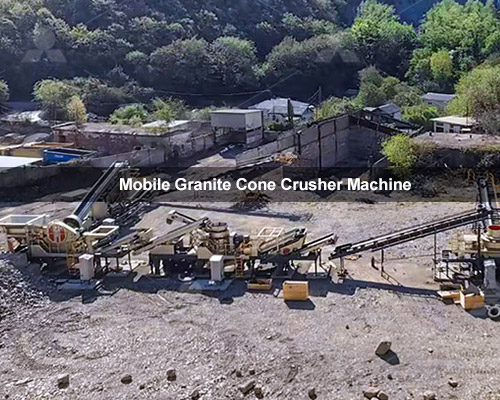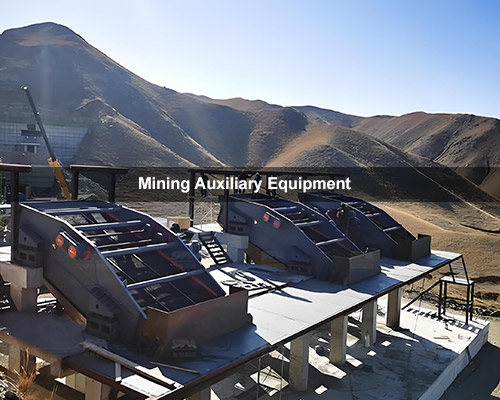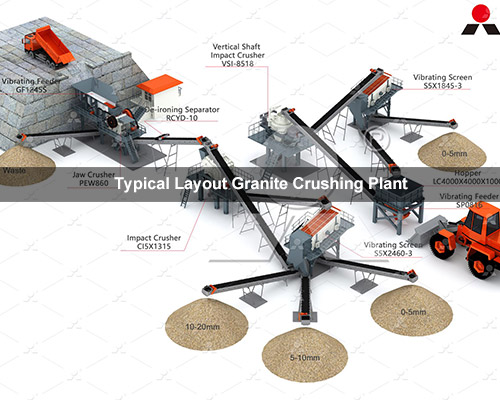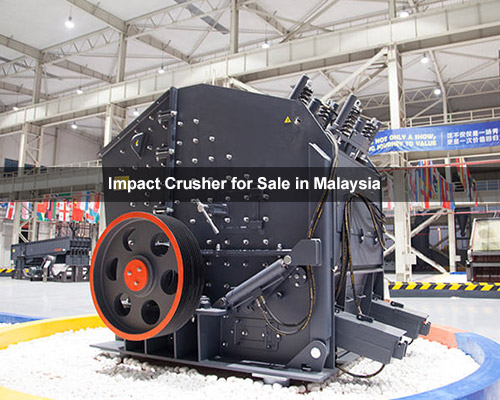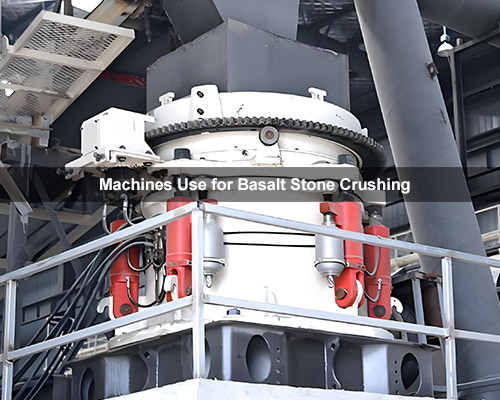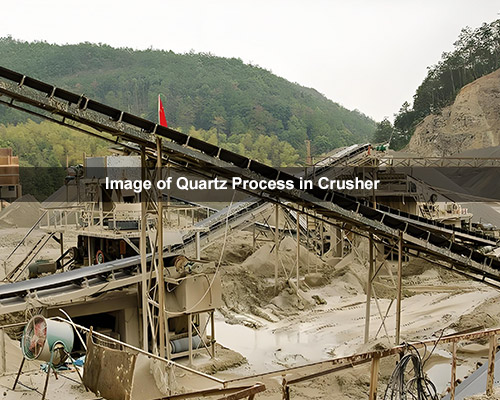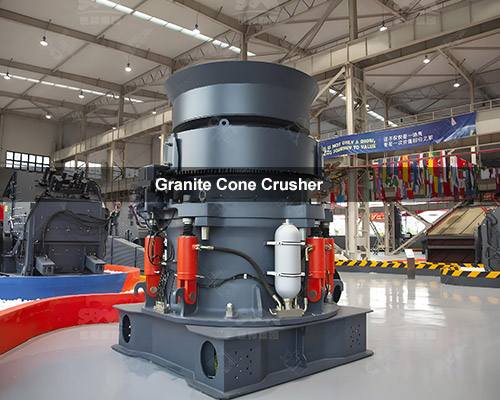Ball mill
Ball mill is a commonly used grinding equipment in many industries. It plays a crucial role in the production of fine powder materials and has been widely employed in mining, construction, metallurgy, and chemical engineering. Ball mills have emerged as versatile grinding equipment with widespread applications in various industries. Their key features, efficient grinding mechanism, and wide range of applications make them a preferred choice for manufacturers. The continuous advancements in technology and ongoing research efforts will further enhance their performance, expand their application possibilities, and contribute to the sustainable development of industries.
Input Size: 0-25mm
Capacity: 0.65-50TPH
Material: Cement, coal, power plant desulfurization, metallurgy, chemical industry, non-metallic mineral, construction material, ceramics.
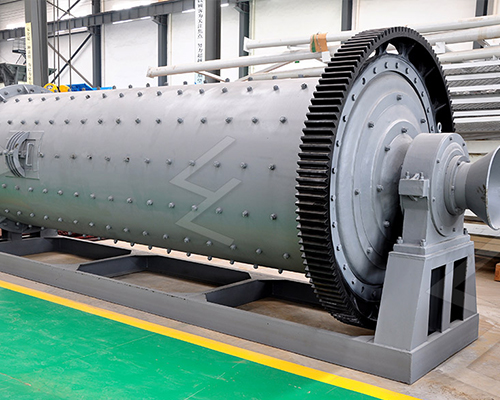
Key Features and Working Principle:
Ball mills incorporate several key features that contribute to their effectiveness. These include a cylindrical shell, rotating drums, and grinding media such as steel balls or ceramic balls. The material to be ground is loaded into the cylindrical shell, and as the drum rotates, the grinding media crush and grind the material. The grinding process occurs due to the impact and friction between the grinding media and the material.
Advantages and Benefits:
Ball mills offer numerous advantages over other grinding methods. Firstly, they have a high grinding efficiency, allowing for the production of fine particles with reduced energy consumption. Secondly, ball mills can grind a wide range of materials, including minerals, ores, and chemicals. Additionally, they have a simple structure, low maintenance requirements, and easy operation, making them suitable for various applications.
Applications:
Ball mills find extensive applications in various industries. In the mining industry, they are used for grinding ores and minerals, such as gold, copper, and iron ore. In the construction industry, ball mills are employed for grinding cement clinker and other building materials. Furthermore, they are utilized in the chemical industry for processing chemicals and pigments.
Performance Metrics and Future Prospects:
The performance of ball mills can be evaluated based on several key metrics, including grinding efficiency, energy consumption, and product fineness. Ongoing research and development efforts focus on improving the design and operation of ball mills to enhance their performance and reduce environmental impacts. Future prospects include the integration of advanced control systems and automation technologies to optimize the grinding process and increase sustainability.
Product Parameters









